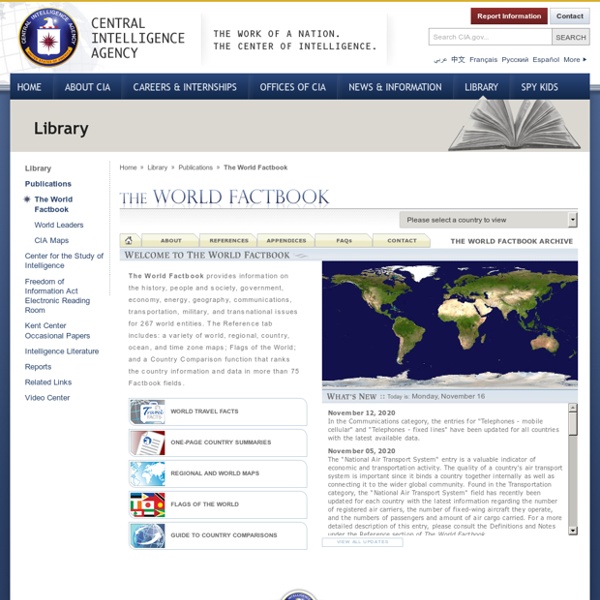



ICDL - International Children's Digital Library 150 Free Textbooks: A Meta Collection Free textbooks (aka open textbooks) written by knowledgable scholars are a relatively new phenomenon. Below, find a meta list of 200 Free Textbooks, and check back often for new additions. Also see our online collection, 1,700 Free Online Courses from Top Universities. Art History A Textbook of the History of Painting by John Charles Van Dyke, Rutgers Biology Anatomy and Physiology – Edited by various profs at OpenStaxBiology – Edited by various profs at OpenStaxBiology Pages, John W. Business and Management Business Ethics by Jose A. Chemistry Chemistry, Grades 10-12, Created by the FHSST Project (Free High School Science Texts)Chemistry Virtual Textbooks by Stephen Lower, Simon Fraser UniversityCK-12 Chemistry (Grades 9-12) by multiple authors. Classics Computer Science & Information Systems Earth Science CK-12 Earth Science for Middle School by multiple authors.Earth Systems, an Earth Science Course (Grades 9-10). Economics & Finance Education Electrical Engineering Engineering History Languages
Mevlana Celaleddin Rumi, the great Anatolian ph... World Values Survey Best of History Web Sites BBC Languages – Free online lessons to learn and study with Human Rights Watch | Defending Human Rights Worldwide Aspen Ideas Festival Clarke's three laws Clarke's Three Laws are three "laws" of prediction formulated by the British science fiction writer Arthur C. Clarke. They are: When a distinguished but elderly scientist states that something is possible, he is almost certainly right. When he states that something is impossible, he is very probably wrong.The only way of discovering the limits of the possible is to venture a little way past them into the impossible.Any sufficiently advanced technology is indistinguishable from magic. Origins[edit] Clarke's First Law was proposed by Arthur C. The second law is offered as a simple observation in the same essay. The Third Law is the best known and most widely cited, and appears in Clarke's 1973 revision of "Hazards of Prophecy: The Failure of Imagination". A fourth law has been added to the canon, despite Sir Arthur Clarke's declared intention of not going one better than Sir Isaac Newton. Snowclones and variations of the third law[edit] and its contrapositive: See also[edit] References[edit]
Home » Retronaut Chartres: Cathedral of Notre-Dame - Image Collection Chartres Cathedral is among the best preserved of the major French cathedrals, with extensive programmes of sculpture and stained glass. It was a major site of pilgrimage in honour of the Virgin Mary, to whom the cathedral is dedicated. This website provides access to a comprehensive collection of images and detailed descriptions of Chartres Cathedral. Browse all images Search this collection For a more structured exploration of the monument, including interactive diagrams of windows, floor plans, and sculptural details, please see the related: Chartres Cathedral on MEDART Website This collection is hosted by the Digital Research Library (DRL) at the University of Pittsburgh on behalf of Dr. Permission is granted for educational use only, provided the appropriate copyright is acknowledged on every image used (see the copyright link on every image). Contact Us Citation URL: Version française
Mona Eltahawy Successful Communication Tool - How to Write a ... Drawing up a communications strategy is an art, not a science and there are lots of different ways of approaching the task. The advice provided below is only a guide. Whether your communications strategy is designed for a specific project or for the same period as your organisational strategy, it should establish the following: Objectives Audiences Messages Tools and activities Resources Timescales Evaluation and amendment ObjectivesYour objectives are the key to the success of your communications strategy. Aligning your communications and organisational objectives will also help to reinforce the importance and relevance of communications and thereby make a convincing case for the proper resourcing of communications activity within your organisation. AudiencesYou should identify those audiences with whom you need to communicate to achieve your organisational objectives. MessagesStrategic targeting and consistency are key to your organisation's messages. What do you read/see/hear?
Open the Future
Country profiles, detailed maps, and flags of the world from the Central Intelligence
Agency. by nda_librarian May 7
Snapshot geographical information for every country by rrwaller Feb 19